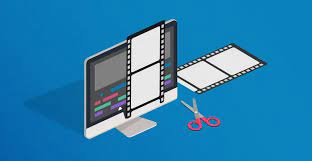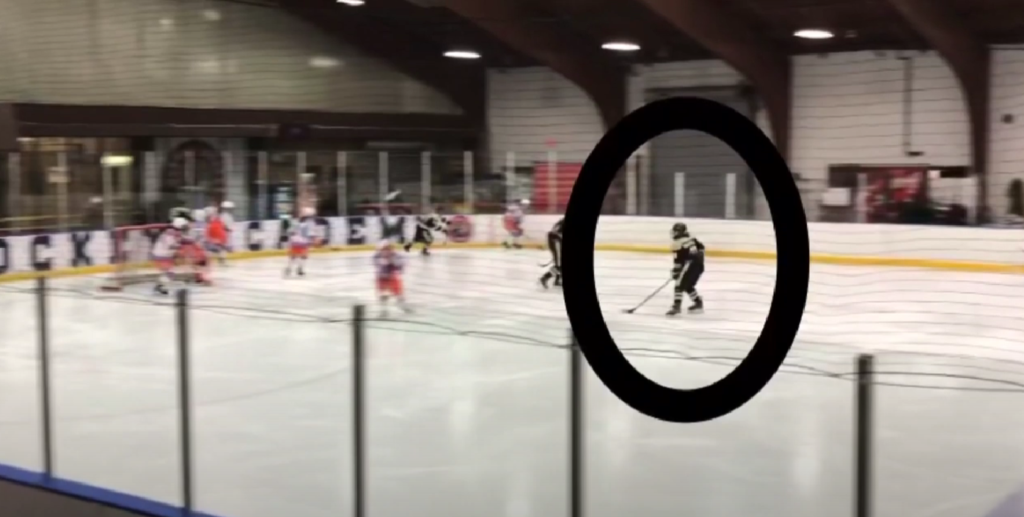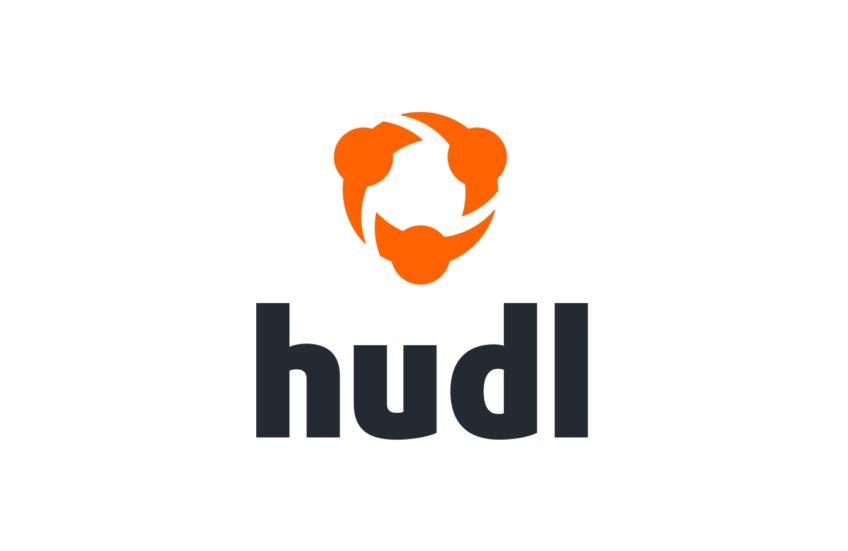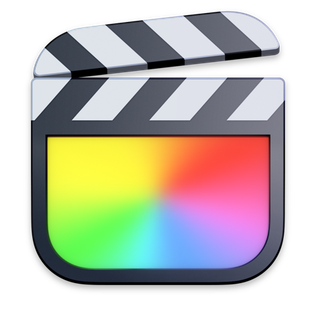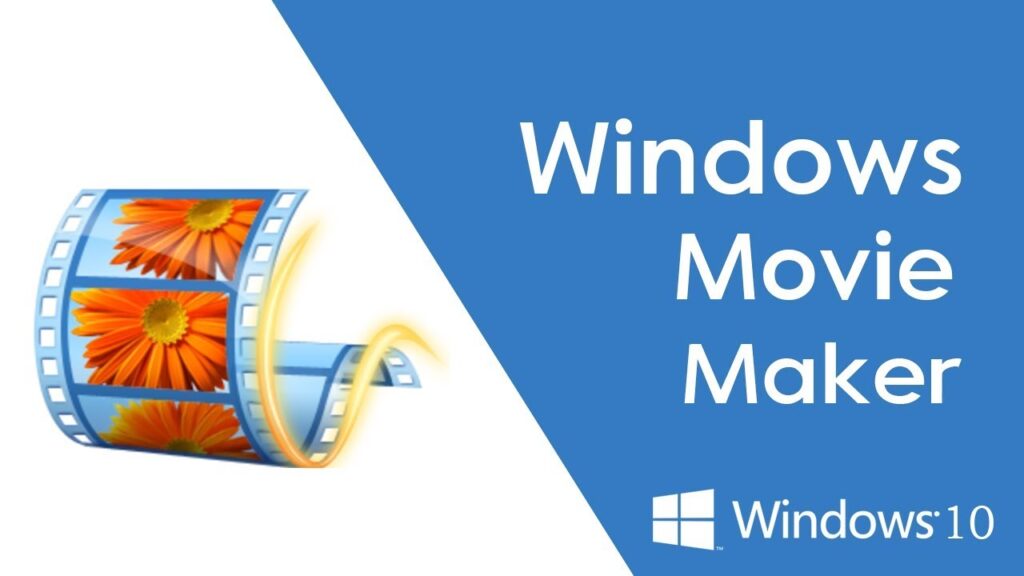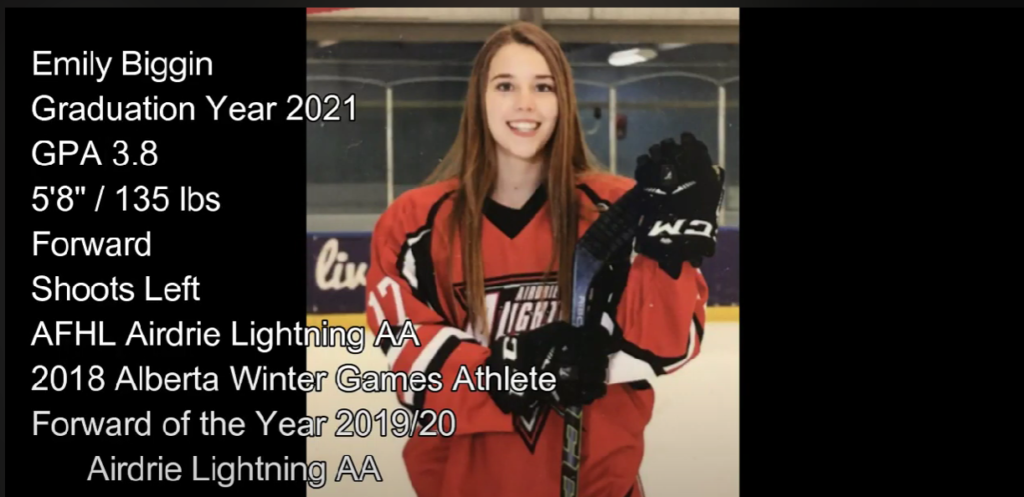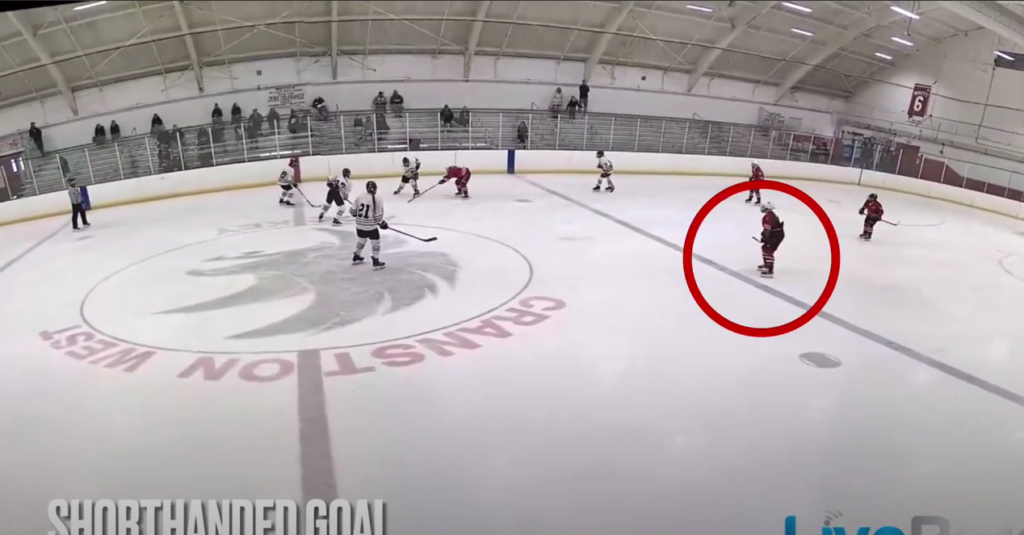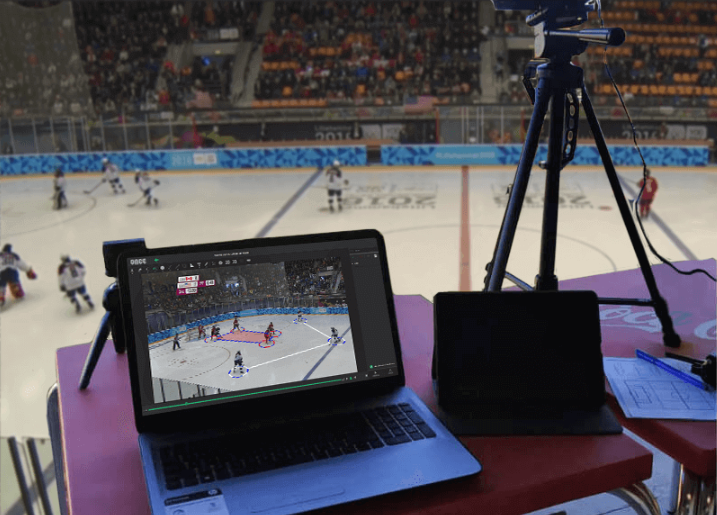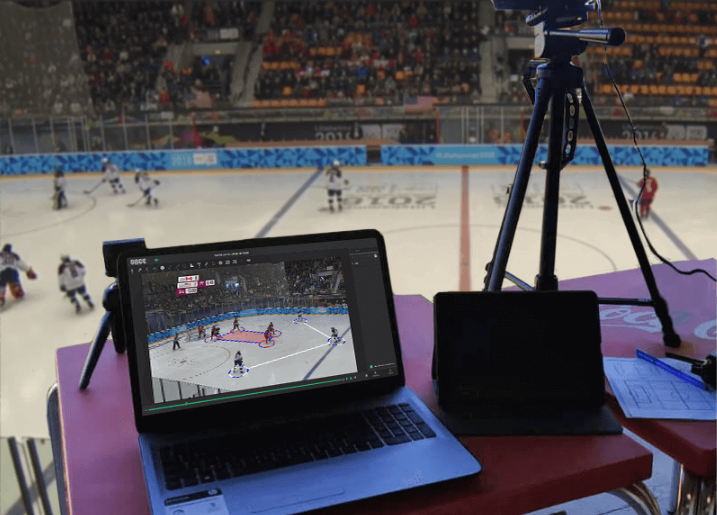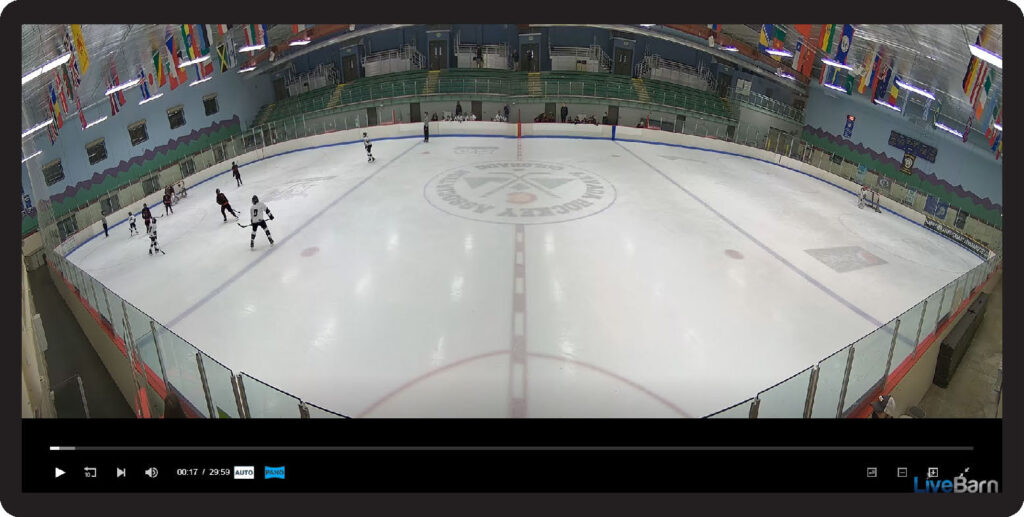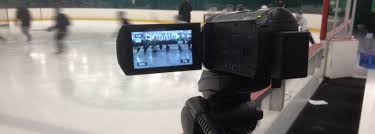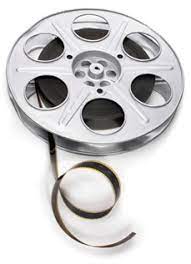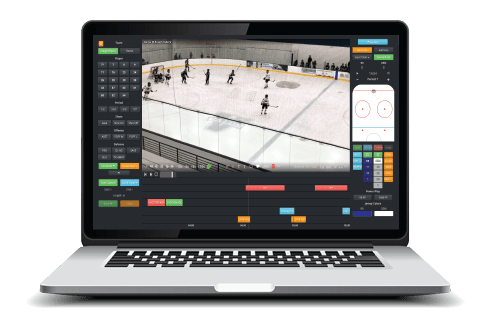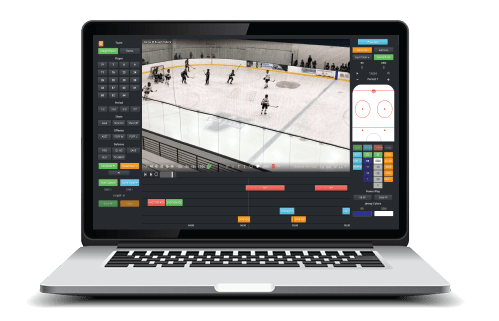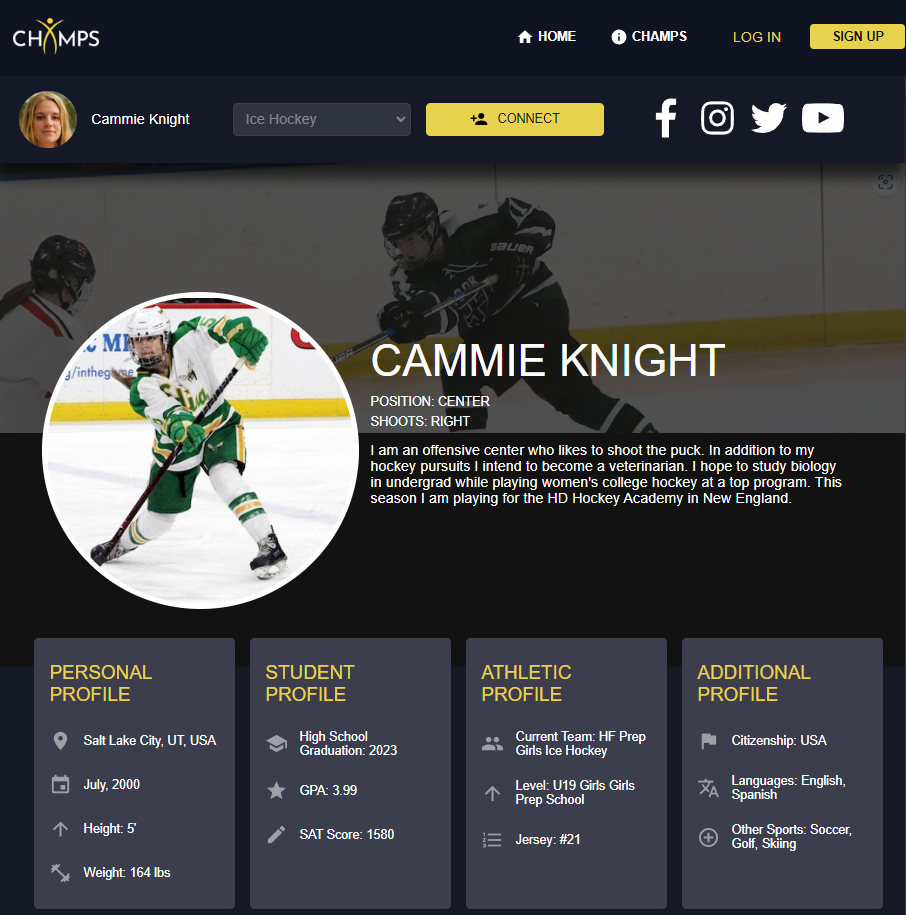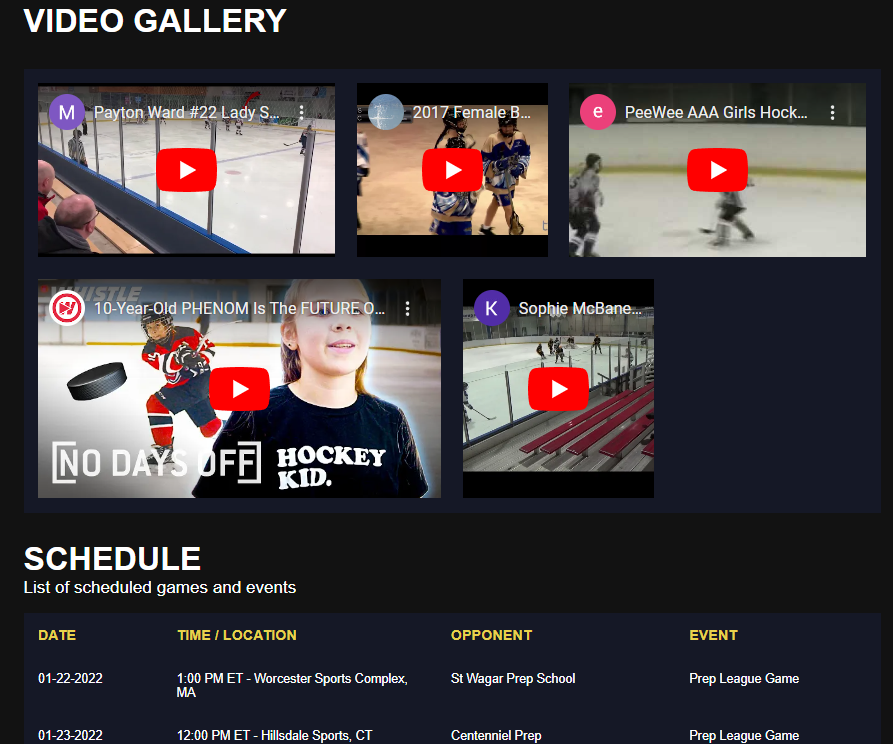This is the fifth and final post in a series on creating player videos college coaches want to see from potential recruits.

#1 How to Create Player Videos for Recruiting
#2 What Are The 3 Types of Recruiting Videos Coaches Want to See?
#3 Sourcing Game Footage For Highlight Reels
#4 How to Edit Video for Recruiting Highlight Reels
This is the last post on creating recruiting videos and it focuses on where to upload your video to share with coaches.
There are two types of situations to share videos with coaches. The first, is directly one-to-one with a specific coach and the second is one-to-many.
Video Analytics
Ideally, in both situations your want to post the video in a manner where you can track some metrics about your video. This could include various attributes like who has watched you video, how many times the video has been watched. In addition, you might also be able to track location, how long users watched the video and where the user came from prior to watching your video (e.g. search, email, social media etc.)
YouTube
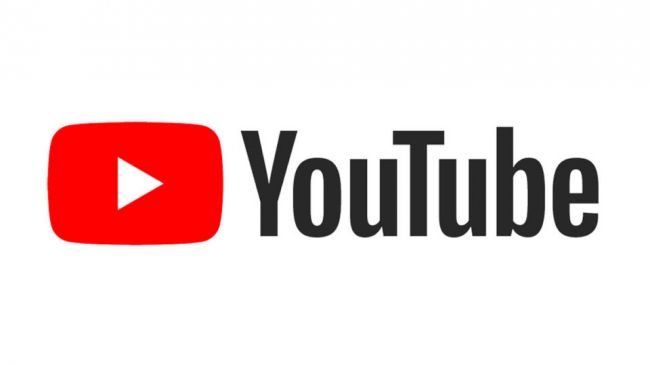
The easiest method to upload a video to share is using YouTube. A public YouTube video lets your video be found via search engines and within YouTube and you can easily track views and additional measurements about your video. You can also upload the same or personalized videos for specific coaches or schools separately to track viewership by team. In most situations, YouTube offers all of these hosting services for free.
Vimeo
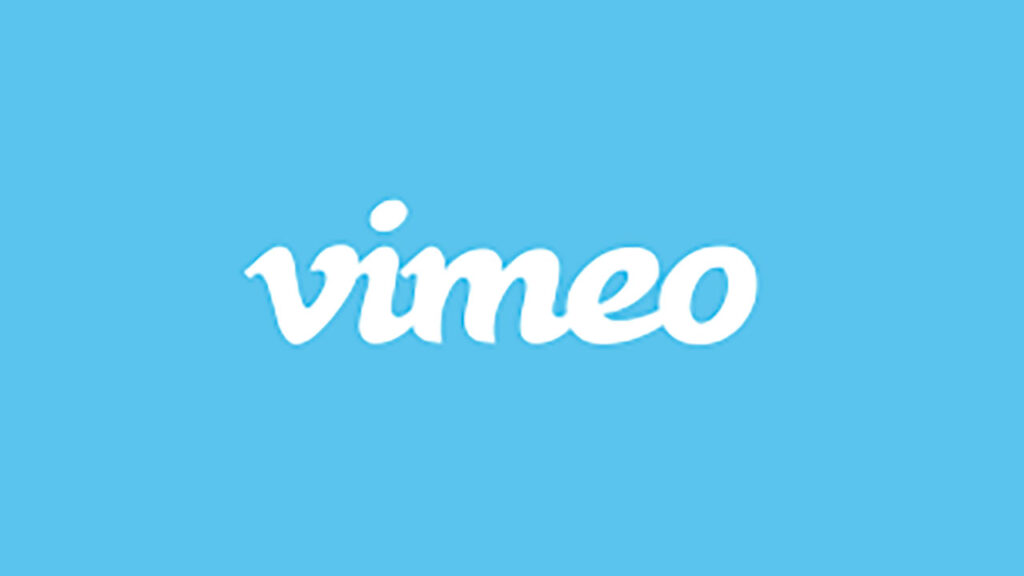
Another similar service is Vimeo which offers both free and paid options depending on which capabilities you might want for hosting , tracking and possibly editing capabilities.
Social Media Platforms


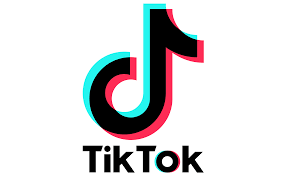
Many student-athletes also use social media platforms, such as, Twitter, TikTok and Instagram, to share their recruiting videos. This allows coaches to view the videos at their convenience and share them with other members of their coaching staff.
You can also store video files in a private folder in the cloud using Google Drive, Dropbox or Box and share links to those files with specific teams or individuals. Once again, using trackable links and privacy controls, you can control and specify who has access to you files and check if coaches have watched the videos.
Other Channels
It’s important to note that college coaches and recruiters may also use other resources to evaluate prospective student-athletes, such as game film, scouting services, and in-person evaluations. Therefore, it’s important for student-athletes to showcase their skills and abilities through multiple channels to increase their visibility to college coaches.
Team Website
One last category is the host the video on the same site where you publish you online hockey resume. It can be on your team site, using a recruiting service or on your Champs App profile page. Currently Champs App only allows YouTube video links, but in the future you will be able to store your videos directly on your profile page then share and track who has watched you videos.
Feel free to share your method of hosting your highlight videos – please send us your preferred method and we can add them to this post.

